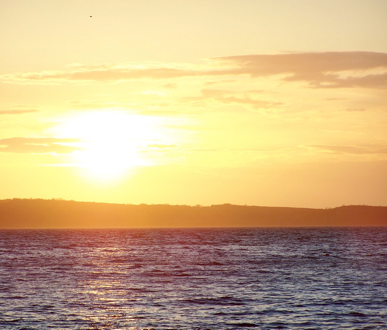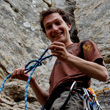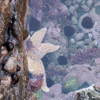
All About Me

Franck P. Vidal completed his undergraduate studies in Computer Science in 2000 at the University Institute of Technology A (IUT A) of Université Claude Bernard Lyon 1 (France) and in Computer Graphics in 2001 at the IUT Reims / Châlons / Charleville of Université de Reims Champagne Ardenne (France). He holds two Masters degrees, M.Sc in Computer-Aided Graphical Technology Applications from the University of Teesside (UK) and DEA (master of research) in “Images & Systèmes” of INSA Lyon (France). Work experience includes a research studentship at the Laboratory of Non-destructive Testing Using Ionizing Radiations, CNDRI Laboratory - INSA Lyon, and teaching computer graphics at CRESPA, Lyon (now Groupe Sciences-U). He achieved his PhD research in the School of Computer Science at Bangor University in 2008. His research area addressed medical virtual environments, particularly for interventional radiology training. He worked on a simulator for ultrasound guided needle puncture: BIGNePSi (Bangor Image Guided Needle Puncture Simulator).
Following up his PhD research, Dr Vidal worked as a research officer in the School of Computer Science at Bangor University. He collaborated within the CRaIVE consortium on the implementation and the validation of a virtual reality simulator for visceral needle puncture funded under the Health Technology Devices (HTD) Programme: ImaGINe-S (Imaging Guided Interventional Needle Simulation). Dr Vidal was the technical coordinator of this large multi-disciplinary project involving 5 UK Universities. ImaGINe-S was awarded 2nd place in the Eurographics 2009 Medical Prize “for its innovative use of computer graphics in a complex system that is already far advanced towards clinical use” (see here for a YouTube video to learn more about the simulator). Dr Vidal was also involved in teaching computer graphics programming to undergraduate students, with a focus on OpenGL and Mobile 3D Graphics (M3G) and he supervised various undergraduate and postgraduate final year projects.
In late 2008, Dr Vidal joined INRIA (Institut National de Recherche en Informatique et Automatique — the French national research institute in computer science and automation) within the APIS team (Analysis of irregular Processes, Images and Signal, application to biology and medicine) where he was investigating the use of evolutionary algorithms in tomography for nuclear medicine applications. In addition to his research duties, Dr Vidal supervised a postgraduate project and taught computer graphics and image synthesis to 4th year students at EFREI.
In January 2010, he joined the Department of Radiation Oncology of the University of California, San Diego (UCSD) where he was investigating the use of high performance computing (inc. GPU programming) for the fast simulation of Compton scattering for DRR computations.
In mid-February 2011, Dr Vidal joined the AVIZ (analysis and visualization) team at INRIA. He was investigating multimodal visualisation of MRI data.
Since October 2011, Dr Vidal held a lectureship position at Bangor University within the School of Computer Science. He is also member of the Research Institute of Visual Computing (RIVIC).







